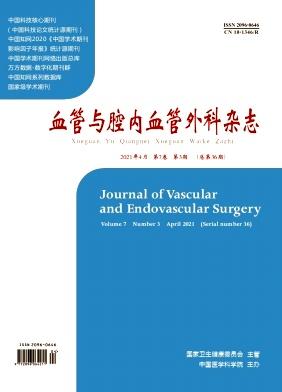Thrombolytic therapy in the setting of arterial line-induced ischemia.
引用次数: 15
Abstract
PURPOSE To evaluate the use of percutaneous transcatheter thrombolysis in the treatment of thrombosis due to radial artery cannulation. METHODS AND RESULTS Seven patients (4 women; age range 41-62 years) with symptomatic cannulation-induced thrombosis and failure to improve after systemic anticoagulation underwent 8 catheter-directed thrombolytic infusions at our institution over a 3-year period. Access was either antegrade through the brachial artery or retrograde through the femoral artery. Thrombolytic infusions with urokinase began 2 to 12 days (average 6) after removal of the radial artery catheter. The thrombolytic infusion was successful in 5 of 7 patients based on angiographic flow restoration with <20% residual thrombus and significant clinical improvement in the ischemia. CONCLUSIONS When systemic anticoagulation has failed, percutaneous catheter-directed thrombolytic infusion appears to be effective in the treatment of most patients with severe ischemic hand symptoms due to thrombosis after radial artery cannulation.动脉线性缺血的溶栓治疗。
目的探讨经皮经导管溶栓治疗桡动脉插管后血栓形成的疗效。方法与结果7例患者(女性4例;年龄范围41-62岁),有症状的插管性血栓形成,全身抗凝后未能改善,在我院3年内接受了8次导管定向溶栓输注。通过肱动脉顺行或通过股动脉逆行进入。取下桡动脉导管后2 ~ 12天(平均6天)开始尿激酶溶栓输注。根据血管造影血流恢复,7例患者中有5例溶栓输注成功,血栓残留<20%,缺血临床改善显著。结论当全身抗凝治疗失败时,经皮导管溶栓输注可有效治疗桡动脉插管后血栓形成的严重缺血性手症状。
本文章由计算机程序翻译,如有差异,请以英文原文为准。
求助全文
约1分钟内获得全文
求助全文

 求助内容:
求助内容: 应助结果提醒方式:
应助结果提醒方式:


